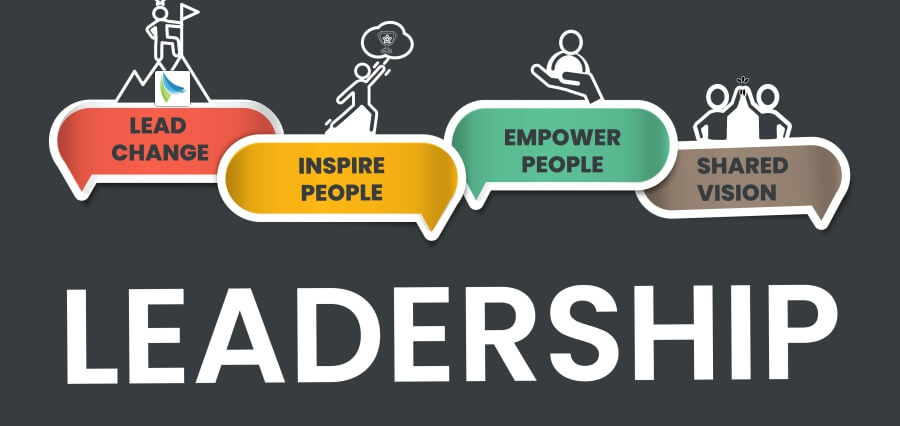In times of uncertainty and competition, innovation is no longer an adjective—but a requirement. Companies that fail to innovate are bound to become obsolescent, inconsequential, and ultimately, insolvent. Strategic innovation fills the gap by linking innovation activities to long-term business objectives. The forward-looking framework helps companies develop new markets, redefine customer connections, and redefine business models. Strategically executed, innovation can be the cornerstone of competitive superiority. Strategic innovation is more than product improvement. Or even feature development. It is about breaking old paradigms, overturning the value chain, and rethinking how to create value. Through digital transformation, service repositioning, or market redesigning, strategy-driven innovation unlocks opportunities that merely operationally-focused solutions cannot.
Learning the Function of Strategic Innovation
Strategic innovation is conscious planning and implementation of new and creative ideas that are in tandem with an organization’s long-term strategy. It is not about profitability in the short term but thinking about how a company can be unique and relevant in an ever-changing world. This involves finding reluctant customer needs, probing new technologies, and identifying new business models. The goal is to reimagine how the business produces value such that it shatters paradigms or constructs new markets.
There are certain shared characteristics that all leaders of strategic innovation share. They possess a highly acute insight into their customers, competitors, and broad market trends. This allows them to foresee behavior change and respond with similar solutions in kind. Consider the case of business entities such as Tesla or Netflix that disrupted the auto and entertainment industries by envisioning new paradigms. They did not become successful by accident but by having a vision clear enough that prioritizes innovation in the midst of its goal. Second, strategic innovation encourages long-term thinking. It asks questions like: Where is our business headed in the next five or ten years? How do we shape that future? How do we stay relevant to our customers as their needs evolve?
Creating a Culture That Embraces Innovation
A culture that will support and enhance an innovative approach cannot be a thing without leadership encouraging openness, experimentation, and cooperation actively. Leadership encouraging openness, experimentation, and collaboration is the basis of an innovating culture. A culture of innovation does not come from setting only objectives and norms; leaders must be models for demonstrating that innovative thinking is valued and failure, when responsibly necessary, is tolerated as part of learning. Employees will not risk undertaking the risk required to stimulate real innovation without psychological safety.
In addition to good leadership, a company needs processes that allow interdepartmental collaboration. Silos between departments provide breeding grounds for contemplated innovation to be blind spots or underrated possibilities. Cross-functional collaboration allows for variety in thought and expertise, which is critical in idea creation. Innovation also thrives in companies where learning as a lifestyle is the norm. That translates to investment in access to training, workshops, and experimental hands-on training so as to make employees inquisitive and capable. Reward structures play an important role in creating innovation culture as well. Praising innovative thinking publicly, although it will fail on day one, is a strong message sent well to the employees. It tells them that they matter and innovation is each employee’s job, not the task of some group.
Technology and Data to Drive Innovation
Technology is maybe the most powerful driver of strategic innovation. Machine learning and artificial intelligence, blockchain and Internet of Things (IoT) are some of the technologies continuously changing, and they lead to new ways of value delivery, encouraging efficiency, and engaging with the customer. The key to success, however, is not pursuing every trend, but choosing technologies to drive particular business goals. Having a clear vision for what issues and possibilities the organization faces is what determines which innovations are most appropriate.
Data is the motivation here. Business analytics provides organizations with sharp facts about what customers need, firm performance, and market trends. These inform wise decisions and identifying areas of space for innovation. Predictive analytics, for instance, allows potential customer behavior to be forecasted so that firms can fine-tune their products prior to widespread adoption. Automation does the same to procedures, costing less and freeing human capacity for more strategic purposes. Digital transformation projects must also include assessing organizational readiness. Investing in new technology without any infrastructure or capability typically equates to underwhelming results due to neglect. Companies need to spend on upfront investment in people and infrastructure in order to benefit from most technology-fueled innovation.
Conclusion
Strategic innovation is a prime driver of business change, and long-term success. Strategic innovation enables organizations to shape market change, create differentiated value propositions, and revitalize industries. By infusing innovation into the DNA of strategy, creating a culture of experimentation, and utilizing technology and data, organizations have the capability to be leaders in change and bring about huge growth. With an environment that is full of uncertainty and complexity, businesses cannot hope to thrive based on past successes or incremental progress. They must think boldly, act courageously, and innovate smartly. They will not just survive but also thrive.
Read More: The Essential Skills Every Financial Strategist Must Master in 2025












